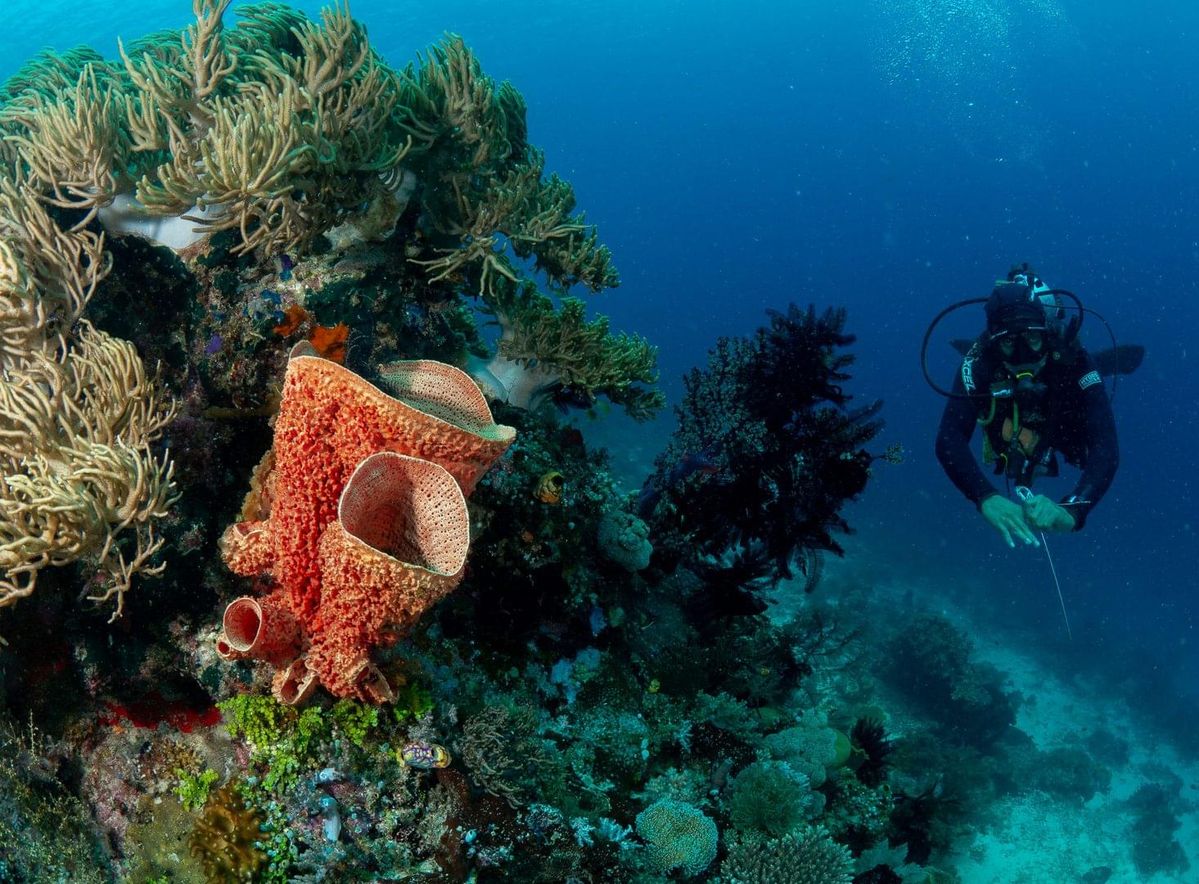Diving and snorkeling at Ningaloo Reef offer an unparalleled underwater experience filled with vibrant marine life and breathtaking coral formations. This article delves into the best spots for these activities, providing essential tips to ensure you make the most of your aquatic adventure.

Contents
- 1 The Beauty of Ningaloo Reef
- 2 Top Snorkeling Spots
- 3 Best Diving Spots
- 4 Guidelines for Divers
- 5 Conclusion
- 6 FAQ
- 6.1 1. What is the best time to visit Ningaloo Reef for diving and snorkeling?
- 6.2 2. Do I need to book a tour to snorkel or dive at Ningaloo Reef?
- 6.3 3. Are there any age restrictions for diving at Ningaloo Reef?
- 6.4 4. What marine life can I expect to see at Ningaloo Reef?
- 6.5 5. How can I preserve the reef while snorkeling or diving?
The Beauty of Ningaloo Reef
Ningaloo Reef is one of the largest fringing reefs in the world, stretching over 260 kilometers along the western coast of Australia. Unlike the Great Barrier Reef, Ningaloo Reef is easily accessible from the shore, making it an ideal destination for both novice and experienced divers and snorkelers. The reef boasts over 500 species of fish and 300 varieties of coral, providing a rich and diverse underwater environment to explore.

Top Snorkeling Spots
If you’re looking to snorkel, Ningaloo Reef offers several locations that cater to different levels of experience. Turquoise Bay is a favorite among visitors, known for its clear waters and abundance of marine life just a stone’s throw from the beach. Another excellent spot is Lakeside, which features a variety of corals and is frequently visited by turtles. Oyster Stacks is perfect for those who are comfortable navigating currents, as it provides a more challenging but rewarding snorkeling experience.

Snorkeling Tips
To make the most of your snorkeling adventure, consider the following tips:
- Wear a rash guard or wetsuit to protect against sunburn and stings.
- Always snorkel with a buddy for safety.
- Check the tides and currents before heading out.
- Avoid touching the corals or disturbing the marine life.
- Bring an underwater camera to capture the stunning underwater scenery.
Best Diving Spots
Diving enthusiasts will find Ningaloo Reef to be a treasure trove of underwater wonders. Navy Pier is frequently ranked among the top dive sites globally, offering a variety of species from reef sharks to octopuses. Exmouth Navy Pier is accessible only through guided tours due to its location within a naval base, but the experience is well worth the effort. Coral Bay is another exceptional diving spot featuring manta rays, dugongs, and an impressive range of coral formations.

Guidelines for Divers
For a safe and enjoyable diving experience, adhere to the following guidelines:
- Ensure your diving equipment is in good condition before the dive.
- Respect all marine life and maintain a safe distance, particularly from larger species.
- Be mindful of your buoyancy to avoid damaging the coral.
- Stay within the limits of your certification and experience levels.
- Always follow the instructions of your dive guide or instructor.
Conclusion
Diving and snorkeling at Ningaloo Reef offer an extraordinary glimpse into a vibrant underwater world teeming with marine life and stunning coral reefs. Whether you’re a first-time snorkeler or a seasoned diver, Ningaloo Reef provides numerous spots that cater to all levels of experience. By following the tips and guidelines provided, you can ensure a safe and unforgettable adventure at one of the world’s most pristine marine environments.
FAQ
1. What is the best time to visit Ningaloo Reef for diving and snorkeling?
The best time to visit Ningaloo Reef is between April and July, when the weather is pleasant and marine life is most active.
2. Do I need to book a tour to snorkel or dive at Ningaloo Reef?
While it is possible to snorkel from the shore without a tour, joining a guided tour can enhance your experience with expert knowledge and access to exclusive spots.
3. Are there any age restrictions for diving at Ningaloo Reef?
Most dive operators require participants to be at least 12 years old. However, some offer introductory dives and snorkeling adventures suitable for younger children.
4. What marine life can I expect to see at Ningaloo Reef?
Ningaloo Reef is home to over 500 species of fish, 300 types of coral, and iconic creatures such as whale sharks, manta rays, and turtles.
5. How can I preserve the reef while snorkeling or diving?
To help preserve Ningaloo Reef, avoid touching corals, dispose of trash properly, use reef-safe sunscreen, and follow all guidelines set by local authorities and tour operators.

